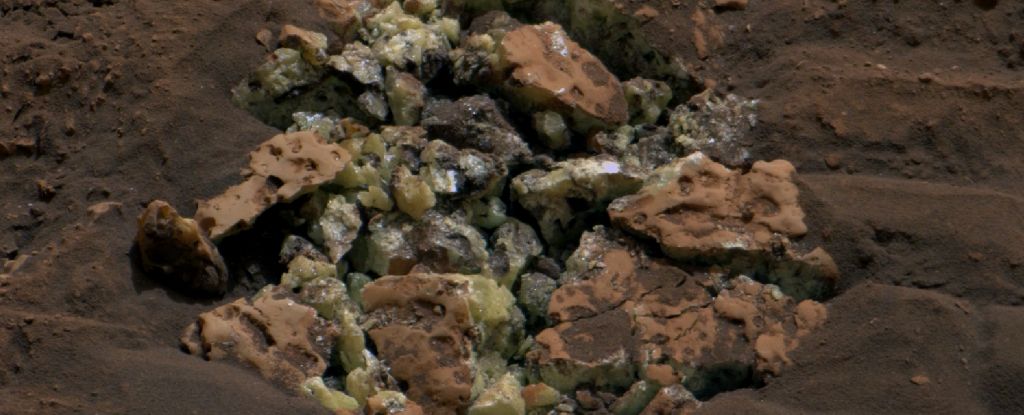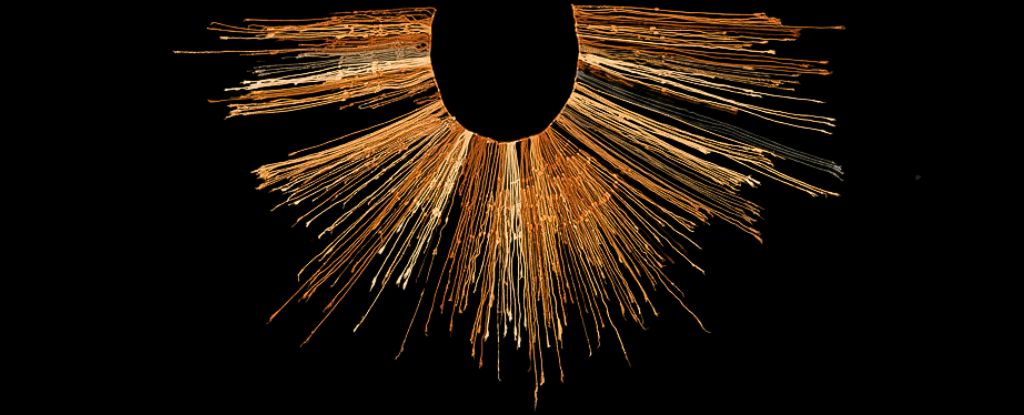Earth has thrown up some surprises lately, with scientists finding that our planet’s inner core is actually a textured sphere that, every once in a while, stops spinning and revolves the other way.
But the Moon‘s insides are much more of a mystery. Beneath its cratered crust, the Moon’s mantle sits atop what scientists think is a partially molten layer where clues to the Moon’s formation could lie.
But according to a new study, there might be no oozy layer after all.
If future data confirm new modeling by researchers from Germany, the Czech Republic, and the US, the lunar mantle might be solid all the way through, without a melt-bearing layer like geoscientists currently theorize.
Depending on which interpretation of the lunar interior is correct, future findings could either reset or reaffirm our understanding of the Moon’s inner realms and how they formed.
At this stage, both a molten middle and a solid mid-section are still possibilities for the Moon based on the limited geological data we have. More lunar samples are needed to solve this mystery, the researchers behind this latest study say.
Michaela Walterová, a planetary scientist at the German Aerospace Center in Berlin, and fellow researchers attempted to firm up our understanding of the Moon’s insides based on existing data, prevailing theories, and a few new ideas.
They compared two different models of the lunar interior to see which one realistically explained the measurements we have of the Moon’s shape and motion.
Our lunar companion encircles Earth at an average distance of 384,400 kilometers (238,855 miles). From there it tugs on Earth, yanking tides in our oceans and atmosphere this way and that.
These tidal effects strongly depend on the Moon’s interior density, viscosity, and rigidity. But the pull of gravity goes both ways, and the Moon periodically becomes deformed.
From studying these rhythmic cycles, and measuring the precise shape and motion of the Moon using lunar laser ranging, scientists can infer what its insides might be like. Two scenarios seem likely.
“According to the first one, the lunar interior is hot and a small part of it might have melted, forming a thick layer of weak material buried more than 1,000 kilometers deep under the lunar surface,” Walterová and colleagues write in their published paper.
This model came about as geoscientists tried to reconcile strange measurements collected from a set of lunar seismic stations deployed by the Apollo missions, and operational from 1972 to 1977.
Combined with other seismological data on the tidal effects of the Moon, they thought that the best way to explain their observations was with a partially melted, viscous layer at the Moon’s core-mantle boundary.
This molten layer, they reasoned, could dissipate tidal energy and seismic waves in a way that matched periodic patterns in the data.
But the findings of Walterová and colleagues’ new analysis suggest another explanation is possible.
“According to the second one, there is no such [molten] layer, and the measured deformation [of the Moon] can be explained by the behavior of solid rocks at relatively low temperatures,” the researchers explain.
However, the two possibilities “cannot be distinguished from each other” with existing data. So we’ll have to wait and see what any potential future lunar explorations yield, if they get the go-ahead.
For now, at least we have a deeper understanding of what might lie beneath the surface of our crusty lunar companion, but many questions still remain.
The study has been published in JGR Planets.





